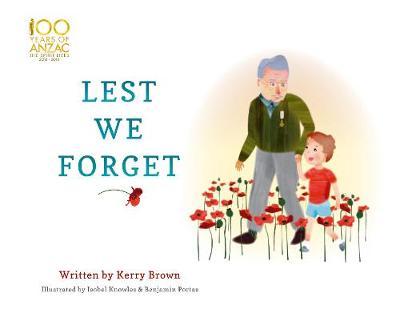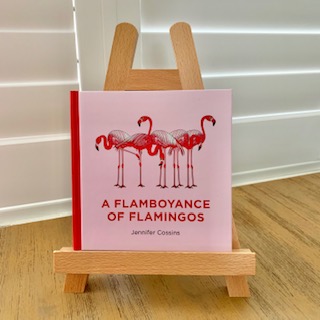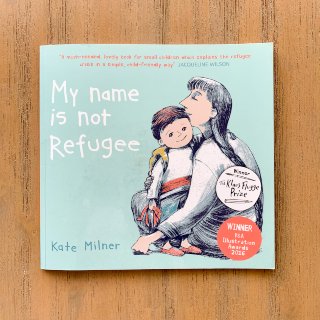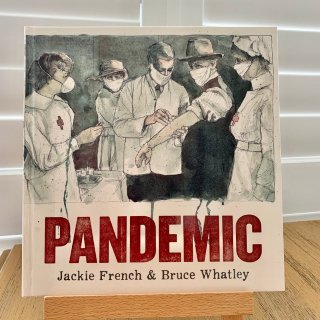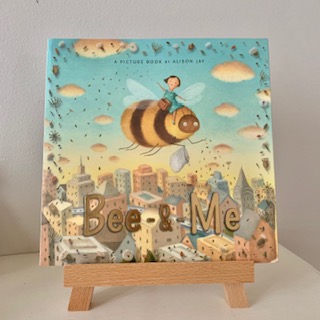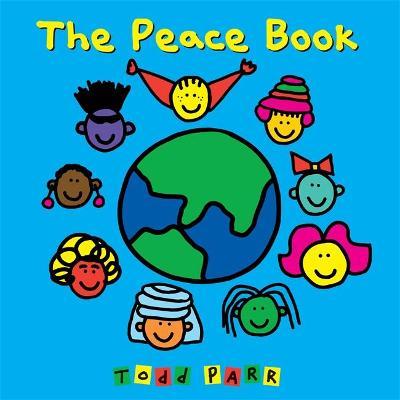Lest We Forget
Free lesson plan, writing template and printable word-search for kids
Best suited to:
K – Year 2
KLAs covered:
English, History (remembering significant events of the past), PDH (emotions, empathy)
Learning:
- what does it mean to remember? What does it mean to forget?
- sometimes it’s important to remember, even if we feel sad when we remember;
- the soldiers who fought in wars a long time ago and their families felt frightened, sad and tired, just like we do sometimes;
- what happened during the two World Wars;
- what does ‘Lest We Forget’ mean and why do people say it on ANZAC Day and on Remembrance Day (11 November)?
Need to know:
- a story about a little boy whose grandfather tells him that there are two important days in the year when we must stop and remember, even though we feel sad when we remember;
- the text and illustrations are very simple;
- this book does not discuss how we remember but it’s a good first book to share with younger children about what remembering is, why we remember and what and who we are remembering on ANZAC Day and on Remembrance Day (11 November);
- the little boy describes events in his life that he remembers and events he would like to forget. Each of these illustrations is followed by an illustration of soldiers leaving home to fight in the war, their lives on the battlefield and their families at home;
- the illustrations reflect similar emotions: the little boy feeling scared on his first day at school is followed by an image of a soldier waving goodbye to his tearful parents and wife;
- the illustrations of the soldiers tell a story about what happens during wars: soldiers leave their families; they work together and take care of one another; they miss their families, are sometimes injured and have to do hard things; sometimes they are killed and their families are sad;
- this book is a wonderful text for introducing the subject of the two World Wars to younger children. There is enough detail for them to understand without it being overwhelming or graphic;
- the book is a also good springboard for discussions about remembering: we do not celebrate war but we remember the people who bravely fought and sometimes lost loved ones so that we could live safely;
Discussion Questions (before reading):
- tell children that this is a book about remembering and ask: what does remembering mean?
- lead a brief discussion about things the children remember. Are the things we remember always things that make us happy?
- is it important to remember? Why or why not?
- read the title together: what do you think it might mean? (‘lest’ is an old word that means ‘in case’ or ‘we must not’);
- look at the cover together: what do you see, think and wonder when you look at the book?
- what do you think the book might be about? What do you see that makes you think that?
While Reading:
- on the pages towards the end of the books where the calendars are shown, point out the dates to the children;
- tell the children these days are the days on which important things happened over 100 years ago during World War I and every year, on the same day, we remember these important things;
- tell the children 25 April is the day on which many Australian and other soldiers died and were injured in a very hard battle and we now call 25 April ANZAC Day;
- tell the children 11 November is the day on which World War I finally ended after four years of fighting and we now call that day Remembrance Day;
- explain that on both these days every year we remember all the people who have died during all the wars;
Discussion Questions (after reading):
- ask children what they thought about the book: did they like it? Were there any parts they didn’t understand?
- show the children the page where the soldier is waving goodbye to his family. Ask the children: what is happening here? How do you think the soldier feels? How do you think his family feels? If the children don’t mention it, flip back to the page where the little boy says he was scared going to school for the first time and point out that the little boy and the soldier felt the same way: scared of a new experience when they didn’t know what was going to happen to them;
- show the children the page where the soldiers are sitting on a bunk listening to their commanding officer. Ask the children: what is happening here? How do you think the soldiers feel? Tell the children that soldiers take care of one another, just like a family or a soccer team does;
- show the children the page where two soldiers are carrying a mate on a stretcher through the jungle. Ask the children: what is happening here? How do you think the soldiers carrying the stretcher feel? If the children don’t mention it, flip back to the page where the little boy says he had to walk to school in the hot sun when his dad’s truck got a flat tyre. Point out that the little boy and the soldiers probably felt the same way: exhausted, hot and hurting from having to carry something very heavy. Both the boy and the soldiers had to do a hard, heavy job;
- show the children the page where a telegram is being delivered and read. Ask the children: what is happening here? Explain what a telegram is and that telegrams were often the way families received news that a loved one had died during the World Wars. How do you think the woman feels? If the children don’t mention it, flip back to the page where the little boy describes his dog dying. Point out that the little boy and the woman felt the same way: very, very sad because someone they loved had died;
Activities:
- children write and illustrate a response to the text;
- children draw a picture of something they remember – from when they were younger or more recently – and write about it;
- download and print the free wordsearch below to consolidate the vocabulary learnt in this lesson. The wordsearch is a good activity for Fast Finishers;
Your free, printable word-search for kids and writing template
This free, printable word-search for kids is great for building and reinforcing the vocabulary used when discussing Lest We Forget.
Download and print our free writing template for use with the picture book Lest We Forget here (PDF).

